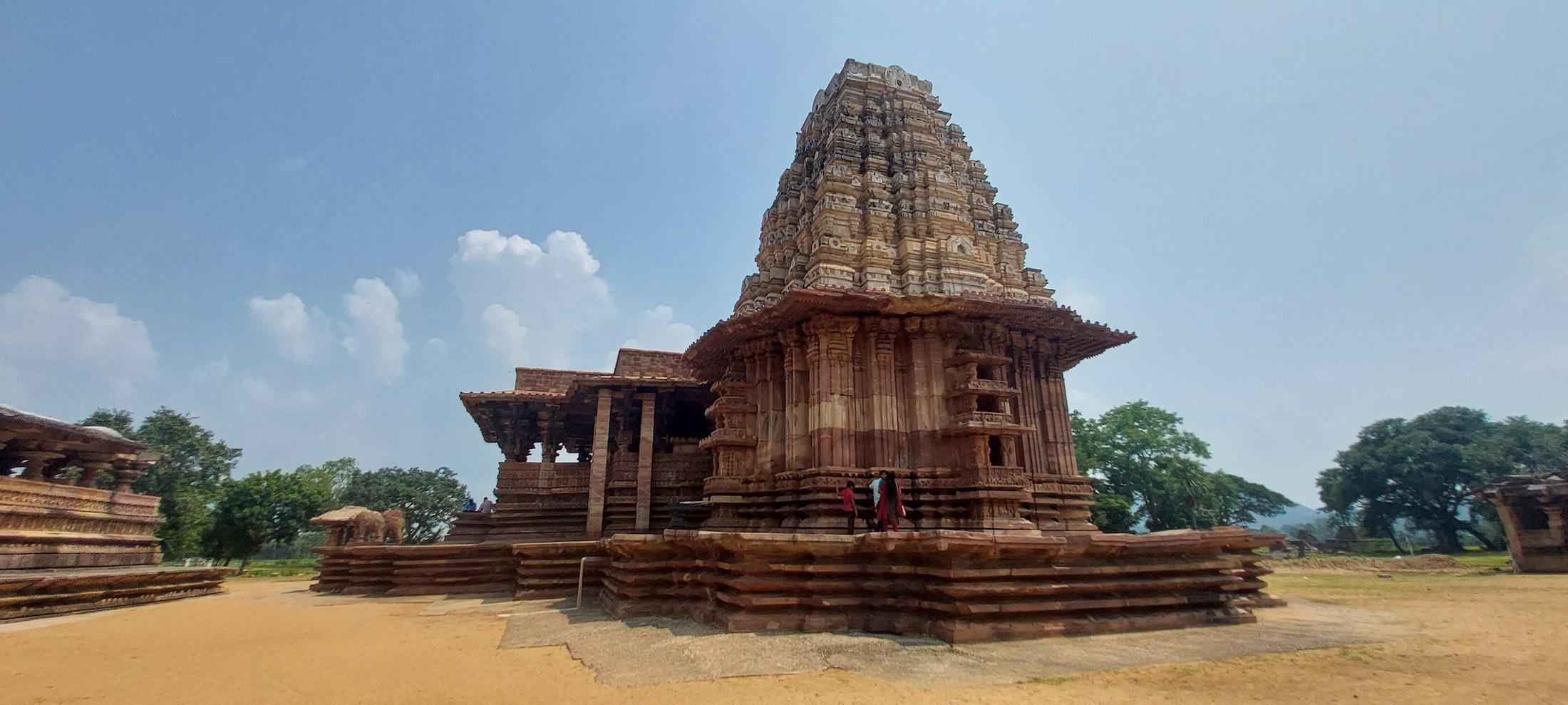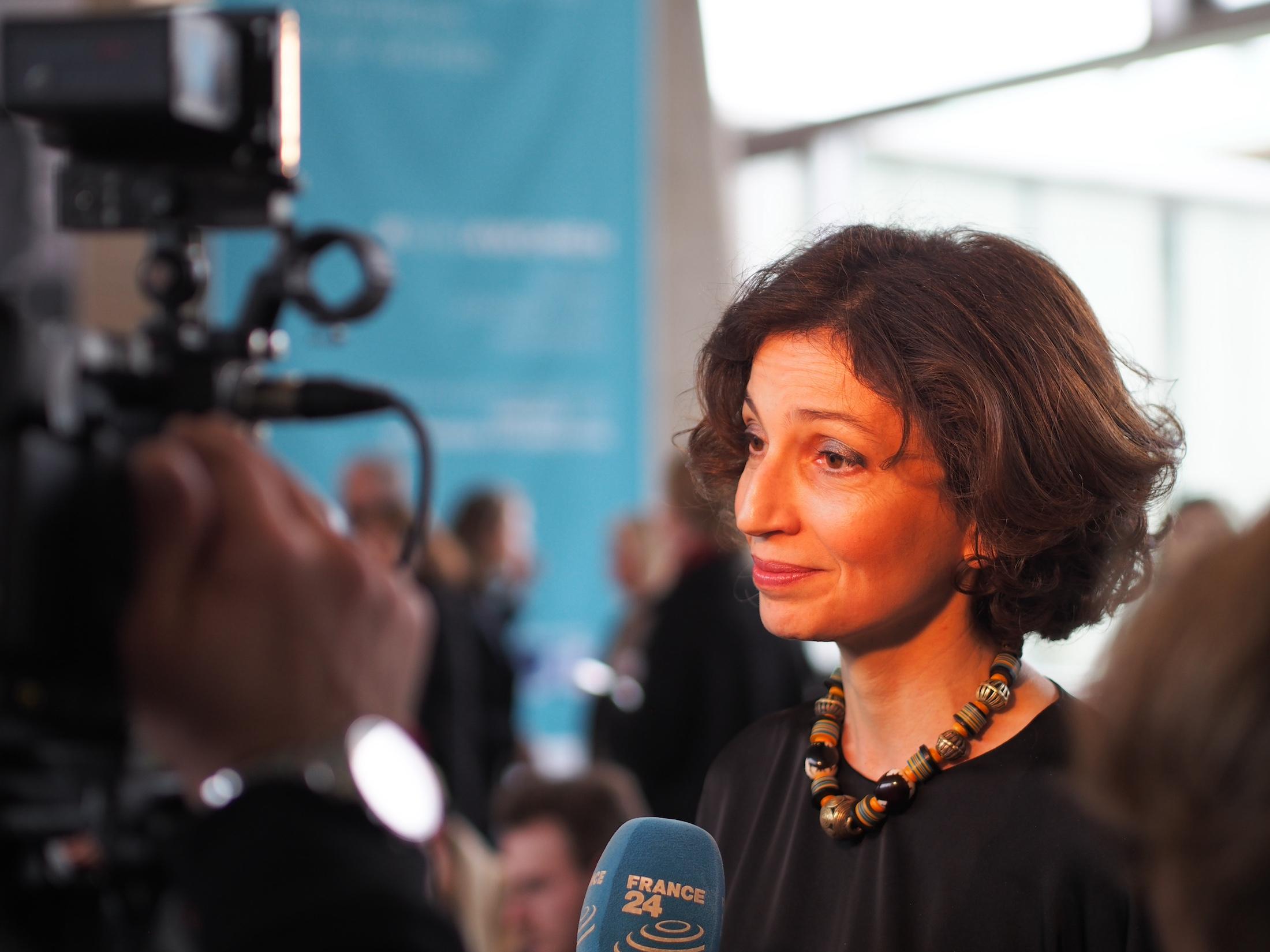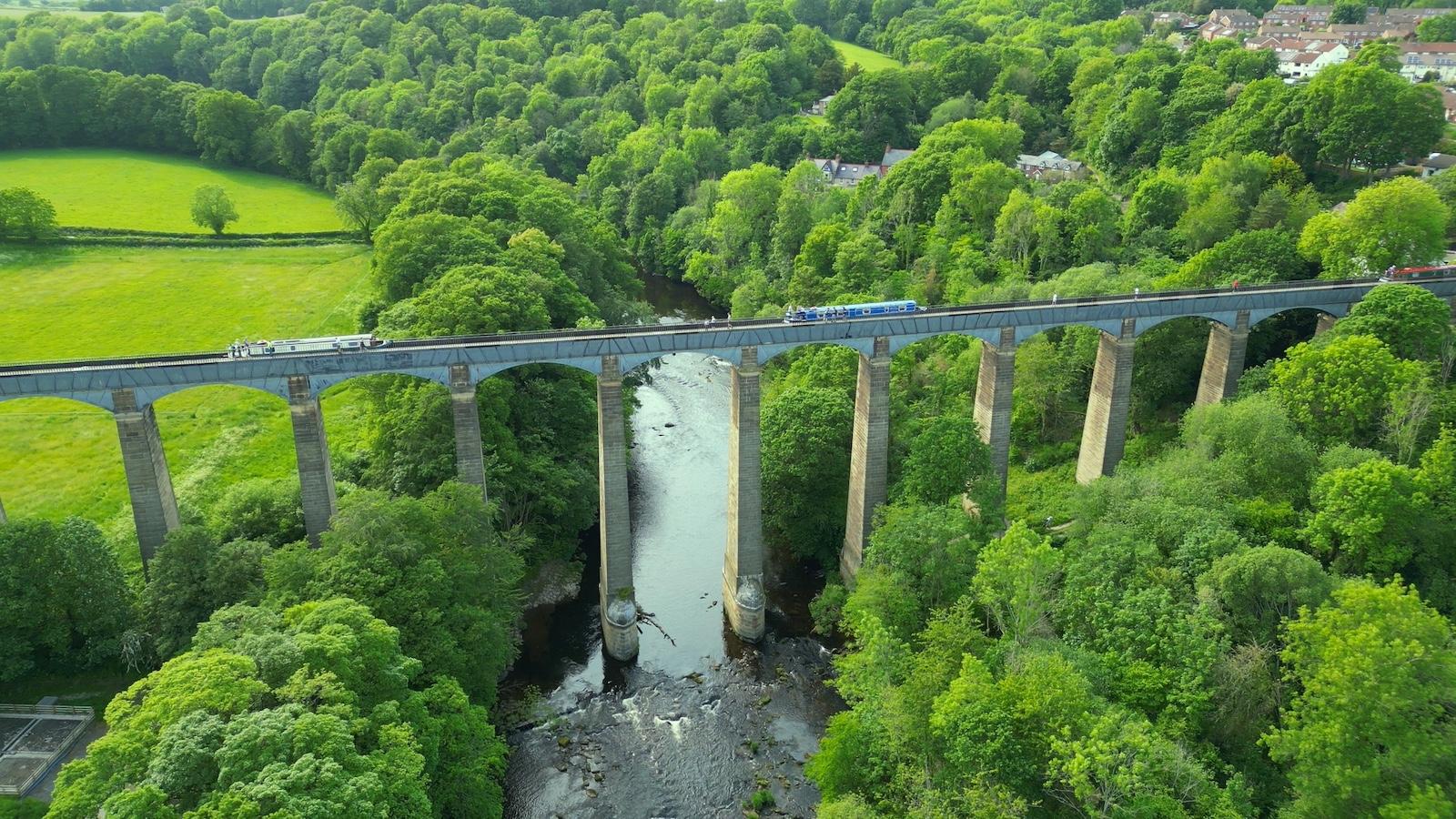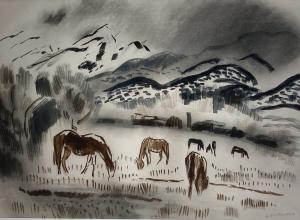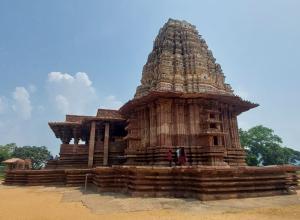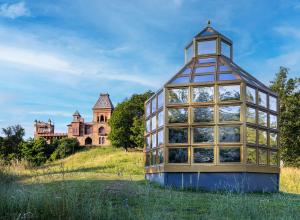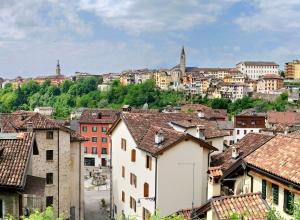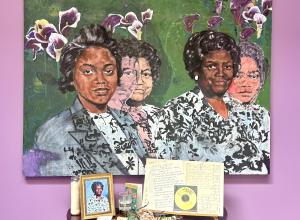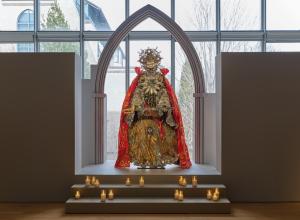In the press release for this year’s council, UNESCO Director-General Audrey Azoulay emphasized the importance of these inscriptions, “For the new sites inscribed this year, this notoriety comes with a great responsibility: that of keeping alive, protecting and promoting this exceptional heritage.” UNESCO's World Heritage List is now made up of 1,248 sites from 170 countries.
In order to be considered for the official list, the site needs to have been nominated by its home country, be of outstanding cultural value, and meet at least one out of ten defined criteria. This selection criteria ranges from “representing a masterpiece of human creative genius” to “representing significant on-going ecological and biological processes in the evolution and development of terrestrial, fresh water, coastal and marine ecosystems and communities of plants and animals,” according to UNESCO's website.




